Native Evergreen Shrubs: 4 Gorgeous Greens To Beautify Your Landscape
For year-round color and visual interest, evergreens work hard to protect your yard and the wildlife that visits. Grow these four native evergreen shrubs for fab foliage, windbreaks, natural habitats and privacy
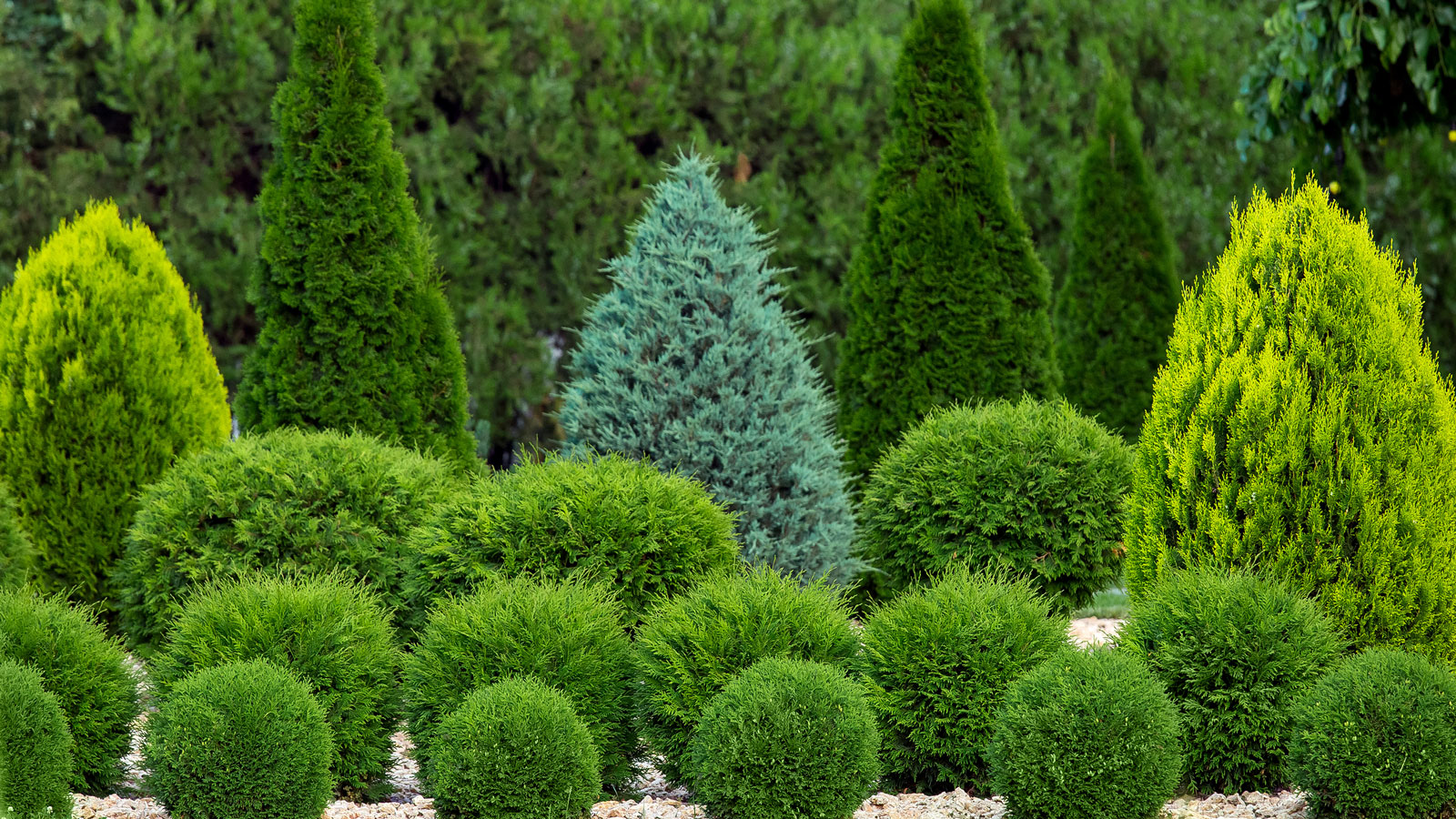
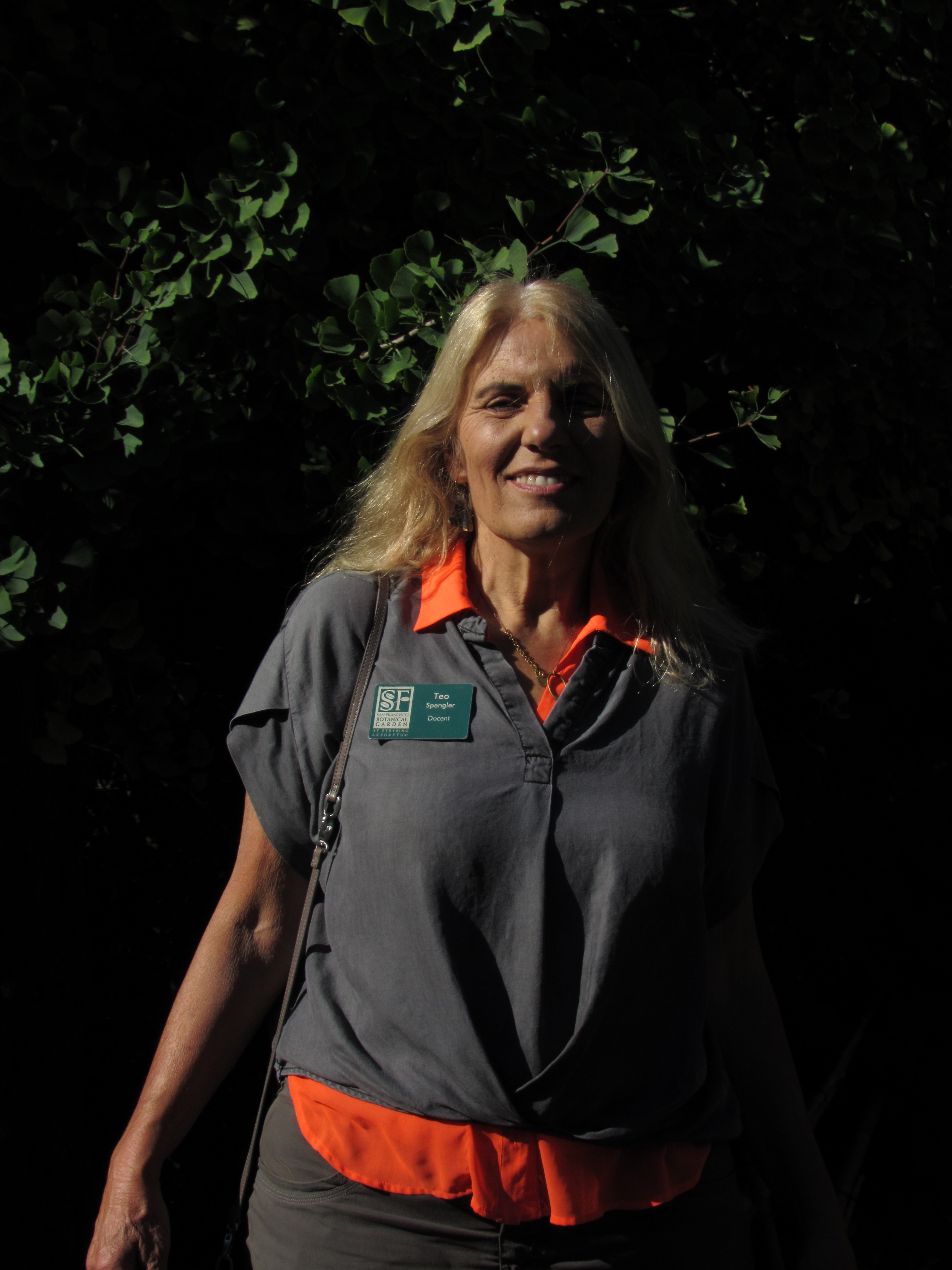
The magic of deciduous shrubs cannot be denied. Year after year, their branches come alive in spring with new leaves. However, for privacy, wind protection and wildlife habitat, evergreen shrubs are ideal – and native evergreen shrubs more so. If you are considering planting some evergreens, native evergreen shrubs should be at the top of the list.
Native plants are self-sufficient and resilient, and the range of great native evergreens is more varied than you think. Whether you are looking for the best evergreens for hedges or specimens for quiet corners, these plants are some of the best native evergreen shrubs to consider.
Choosing the Best Native Evergreen Shrubs
Native evergreen shrubs are wonderful for offering hedge protection shade, and make excellent specimen plants, offering green foliage in all seasons. Small native evergreen shrubs make low-maintenance garden border ideas, while larger shrubs are better for windbreaks and privacy hedges. Here are a few of the best landscaping options for enduring and alluring evergreen native shrubs.
1. Blueberry Delight Juniper
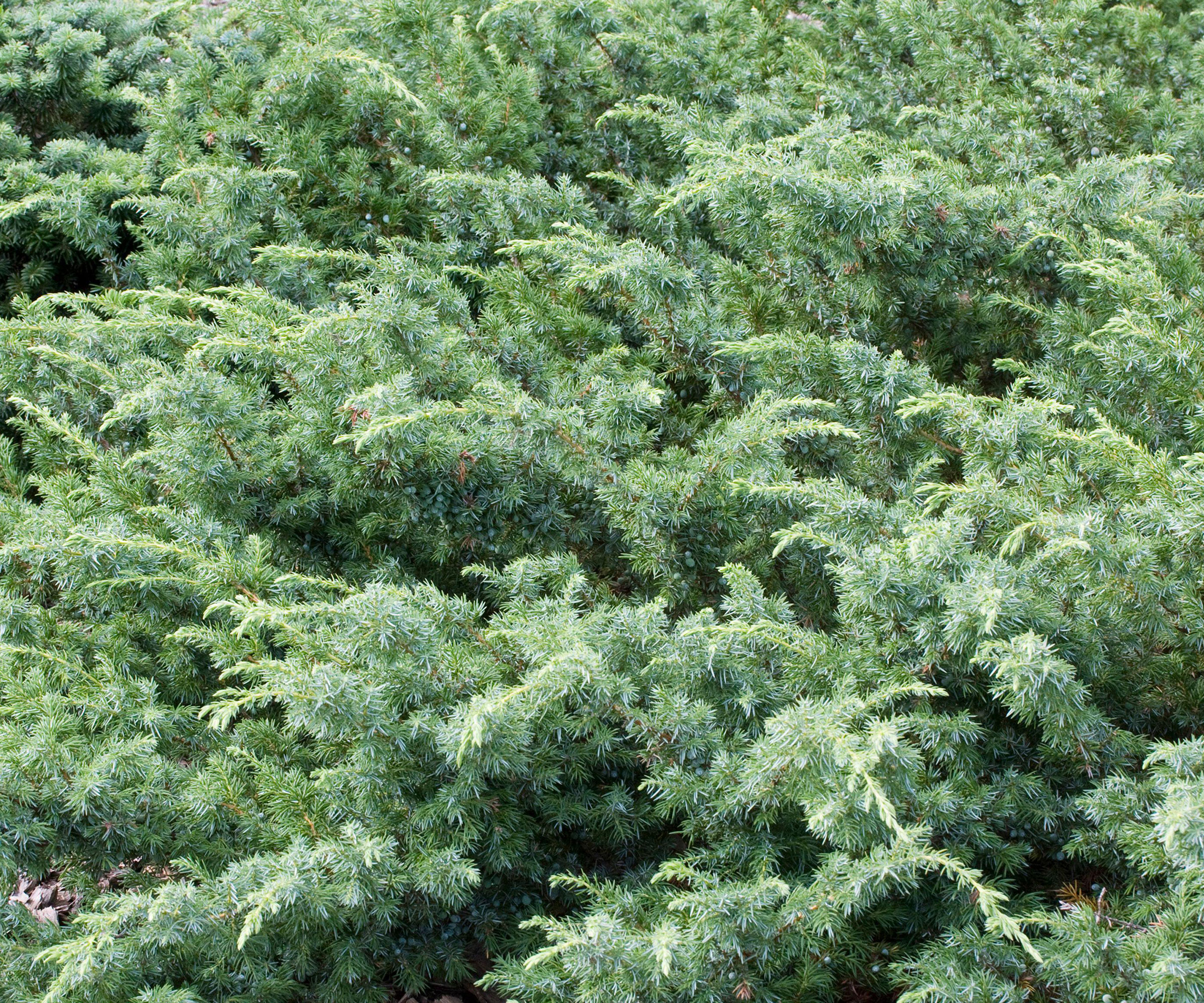
These junipers (Juniperus communis) are small native evergreen shrubs and are very appealing. Their needle-like foliage is two-tone, forest green on the upside, and blue-silver on the upper side. Their cones look like berries and birds love to eat them.
Incredibly tolerant of different types of soil, these junipers (if massed) will spread and provide small mammals and birds an effective groundcover. Plant this evergreen beauty in full sun in USDA hardiness zones 3-6. They grow to two feet tall and one foot wide (60cm x 30cm).
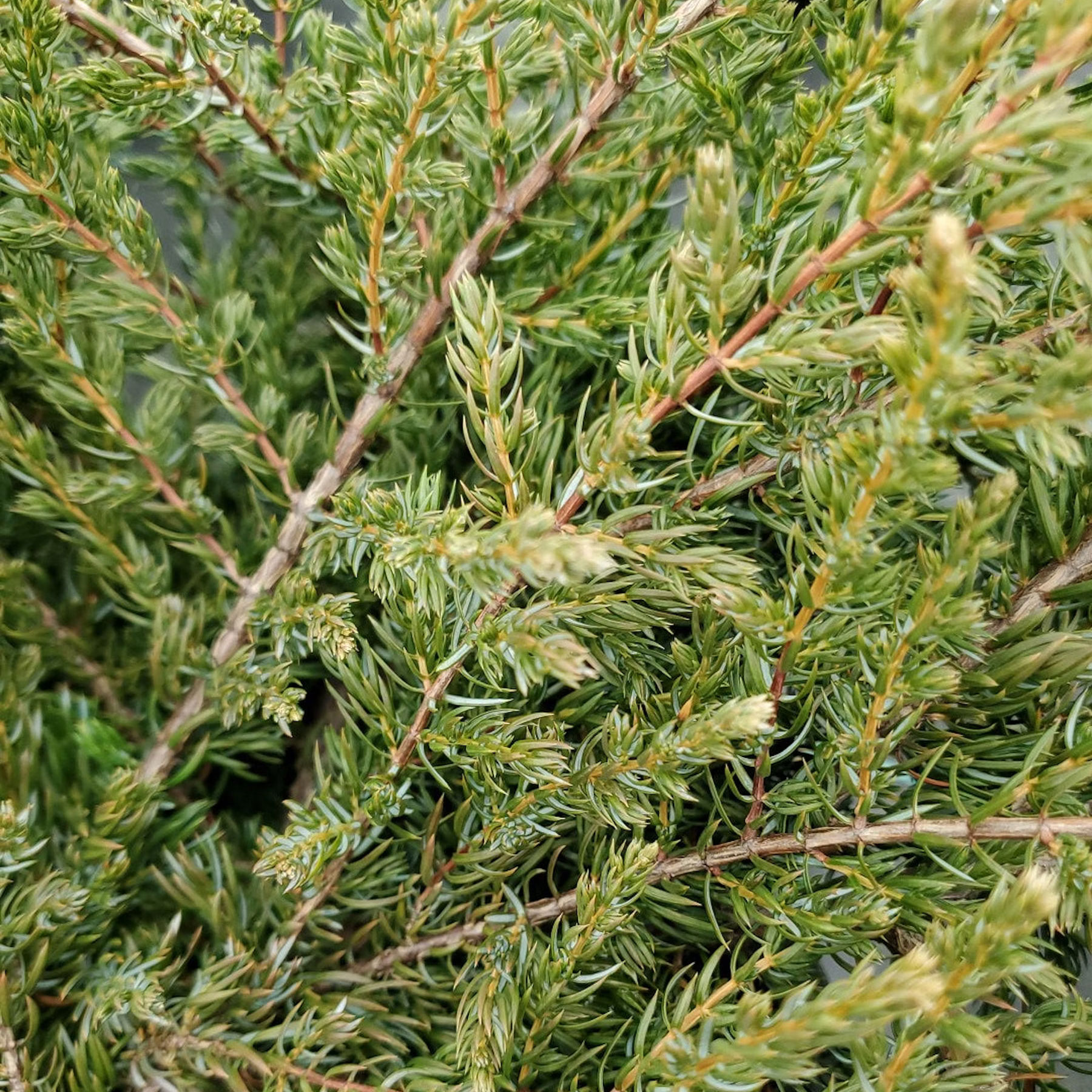
For anyone keen to try Juniperus communis, ‘Alpine Carpet’ from Green Promise Farms is hardy enough to cope with less-forgiving areas, like slopes and rocky soils. Compact native evergreen.
2. Inkberry Holly
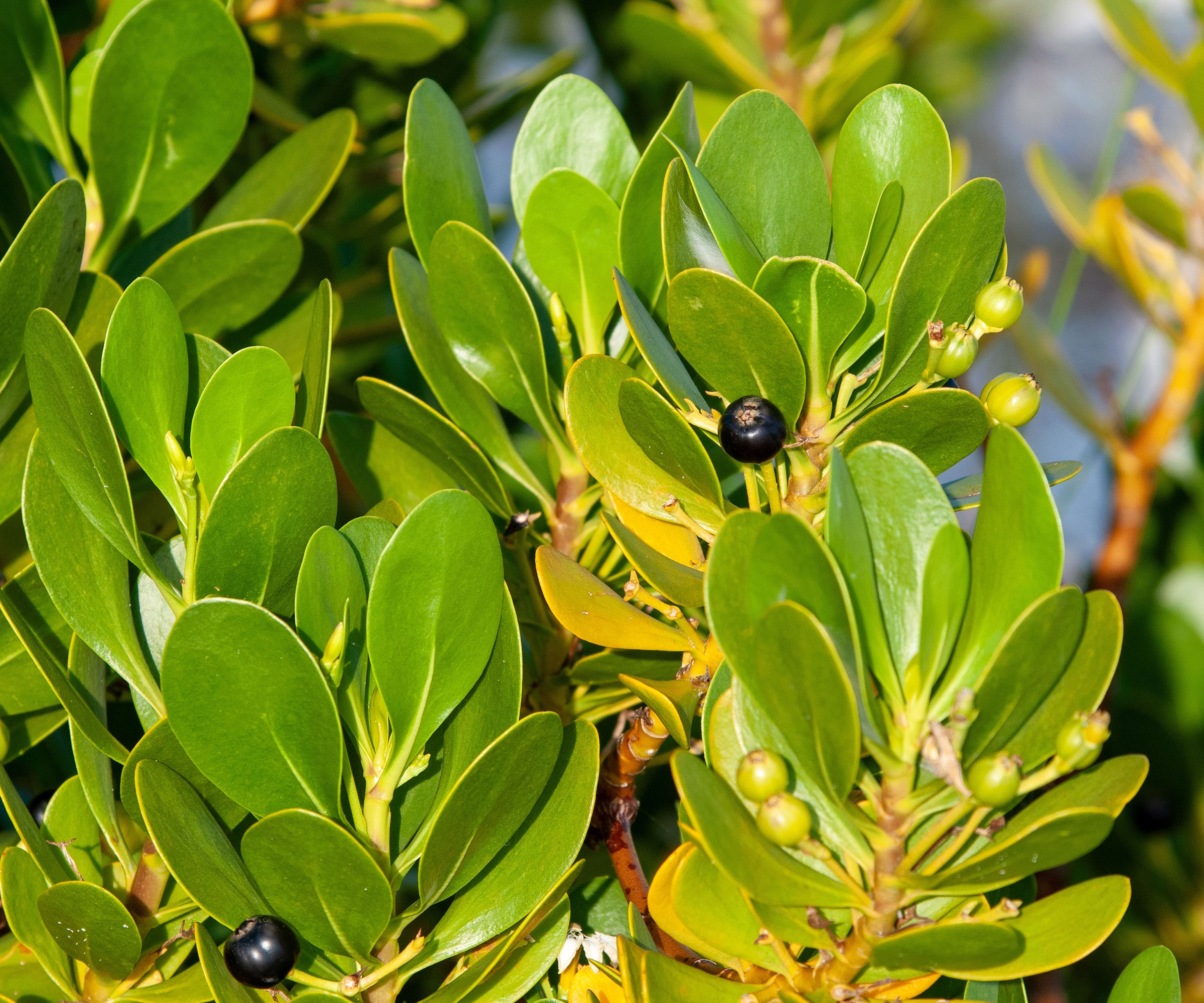
Inkberry is an evergreen holly that grows naturally in the eastern and south-central regions of the country. If you like boxwood but prefer a native evergreen, inkberry holly shrubs fit the bill. Inkberry trees are usually found in wet soils in the wild, but they are very resilient and adaptable, and work well in sunny or shady backyards and gardens. It thrives in USDA hardiness zones 5-10.
Left to its own devices, inkberry (Ilex glabra) grows multiple trunks to 10 feet (3.3m) tall and 8 feet (2.6m) wide. The leaves are glossy green on top, lighter green and dull below, oval with a few teeth near the top. Each bush has either male or female flowers, and both are required to form berries. They are not particularly ornamental, but these native evergreen shrubs attract wild birds and mammals. This is also the host plant for Henry’s elfin butterfly larva.
Gardening tips, videos, info and more delivered right to your inbox!
Sign up for the Gardening Know How newsletter today and receive a free copy of our e-book "How to Grow Delicious Tomatoes".
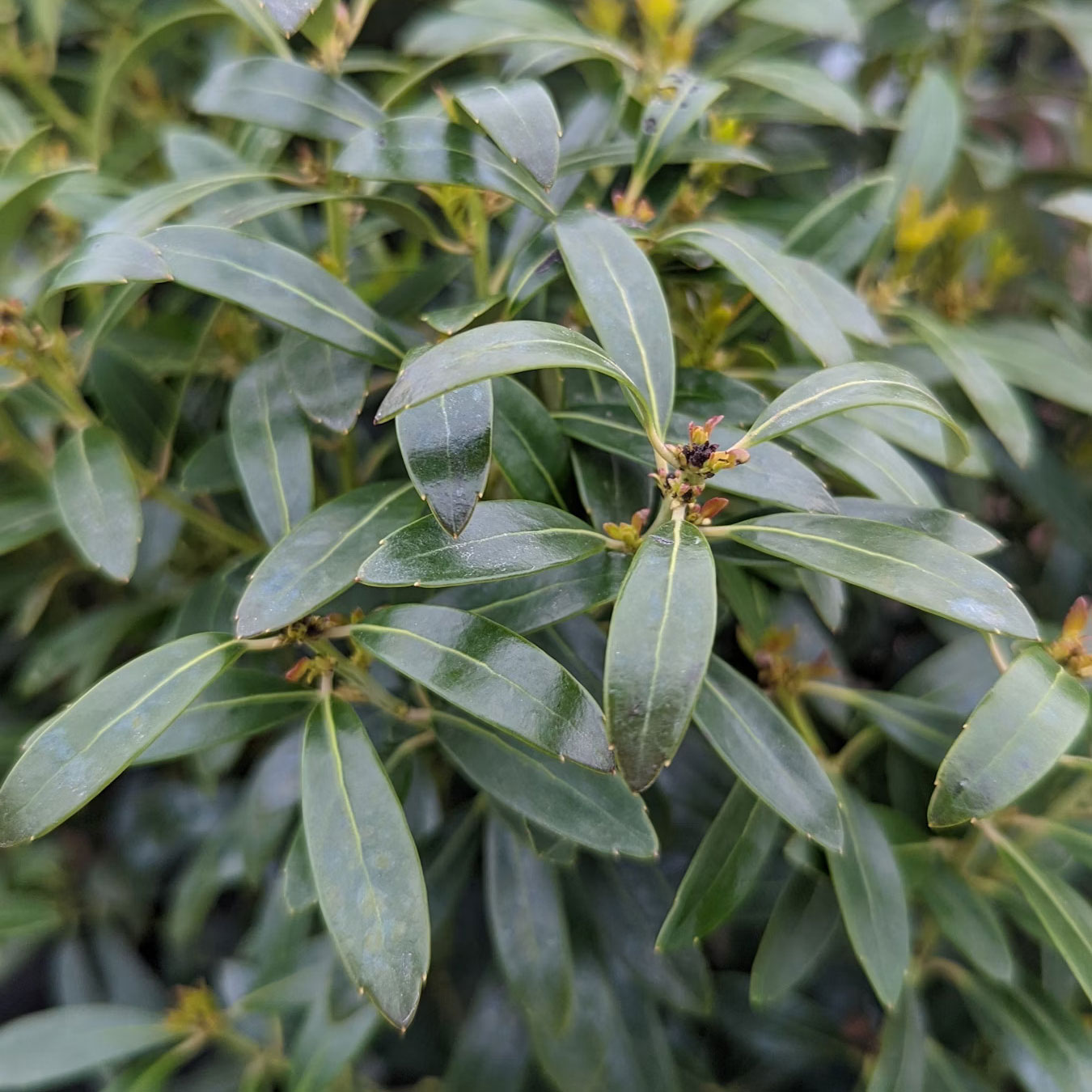
This pretty inkberry holly from Green Promise Farms looks good, holds its form well, is cold-tolerant and is almost pest free. It is a lovely native evergreen for hedges and for specimen planting.
3. American Holly
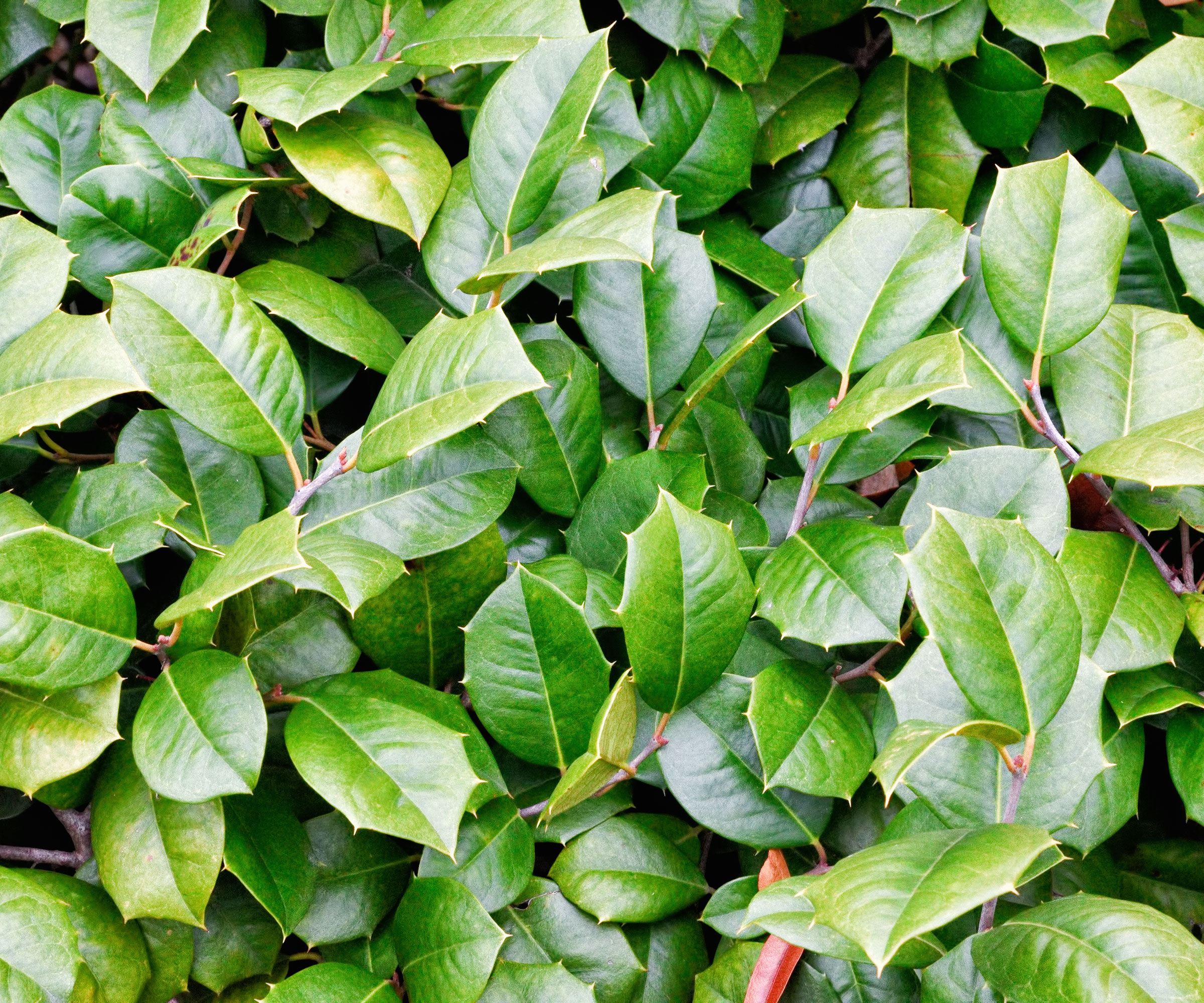
If you want a showy holly, you can’t do better than American holly, also called Christmas holly (Ilex opaca). These are the red berries and lobed, pointy leaves that conventionally deck the halls. The trees are great native evergreen shrubs for shade, since they can grow to 30 feet (10m) tall and some 15 feet (5m) wide and stay green in all seasons.
These shrubs are either male or female and, while both grow fragrant flowers, you need two trees in the landscape to get the berries. And they are worth it, turning brilliant red, or orange, in the fall and decorating the trees through the winter. They thrive in USDA zones 5-9, in full sun and a site with moist, acidic soil.
4. Southern Magnolia
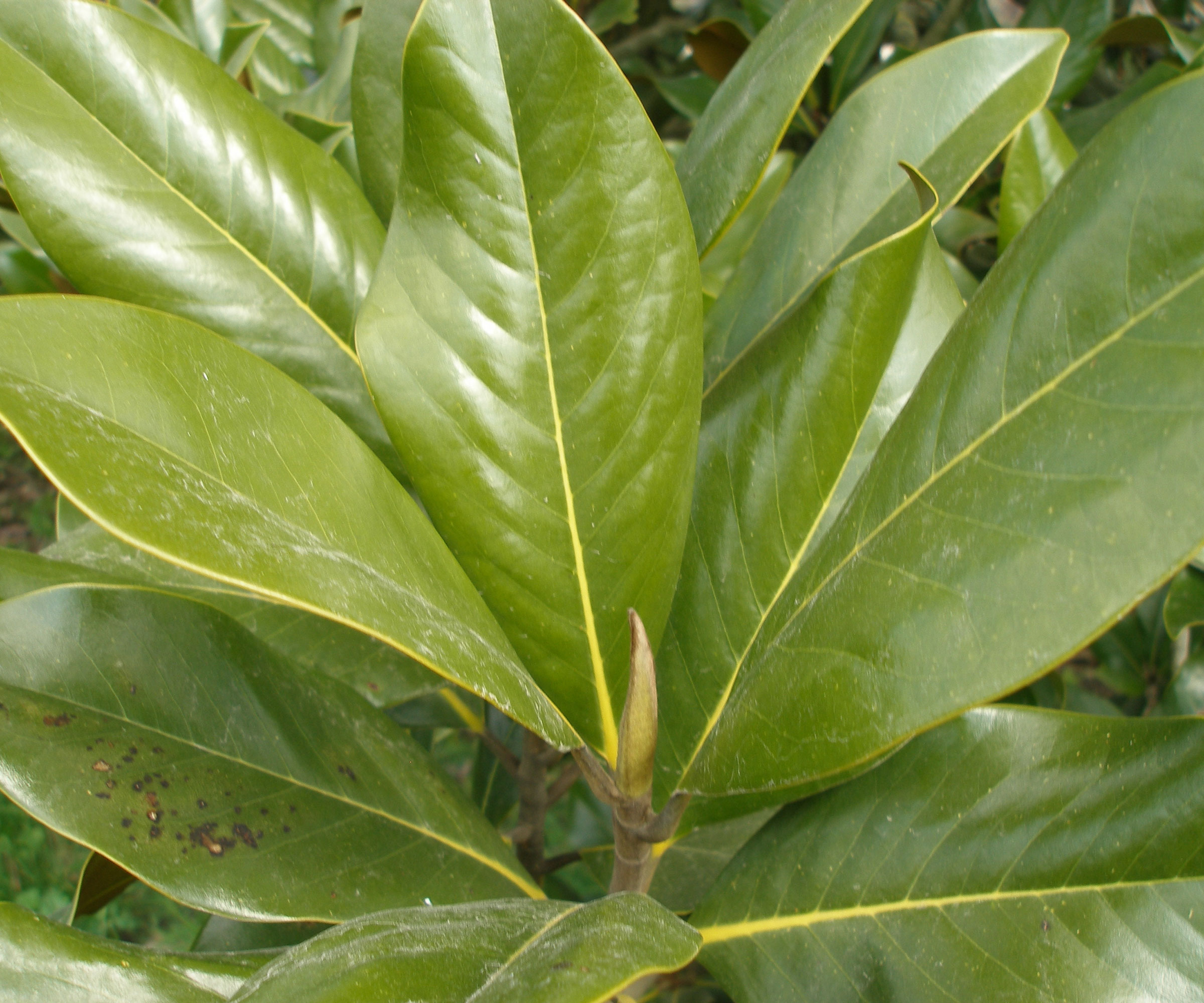
The southern magnolia is a magnificent evergreen tree with huge, fragrant, white flowers and rich green leaves that have a hairy covering on the back. These are native trees but very tall, perhaps too tall for a home landscape, growing to 75 feet tall (25m) with dense canopies. Southern magnolias (Magnolia grandiflora) need a decade or two to achieve their mature size.
If you want a smaller native evergreen tree, consider the cultivar Little Gem, a small compact tree. In addition to being ornamental, these native evergreens make a great privacy screen. The southern magnolia thrives in USDA 5-9.
Frequently Asked Questions
What is the Fastest Growing Native Evergreen Shrub for Privacy?
Shrubs grow at different rates depending on their growing conditions and the weather. However, arborvitae (Thuja) are extremely popular as hedges and windbreaks and are among the fastest growing native shrubs.
What is a Native Shrub to Plant Instead of Boxwood?
If you like boxwood but prefer a native evergreen, then the glossy green inkberry fits the bill nicely. One of our four recommended native evergreen shrubs, inkberry is easy to grow in full sun or partial shade, and adapts well to a variety of soils.
This article features products available from third party vendors on the Gardening Know How Shop.

Teo Spengler is a master gardener and a docent at the San Francisco Botanical Garden, where she hosts public tours. She has studied horticulture and written about nature, trees, plants, and gardening for more than two decades. Her extended family includes some 30 houseplants and hundreds of outdoor plants, including 250 trees, which are her main passion. Spengler currently splits her life between San Francisco and the French Basque Country, though she was raised in Alaska, giving her experience of gardening in a range of climates.
-
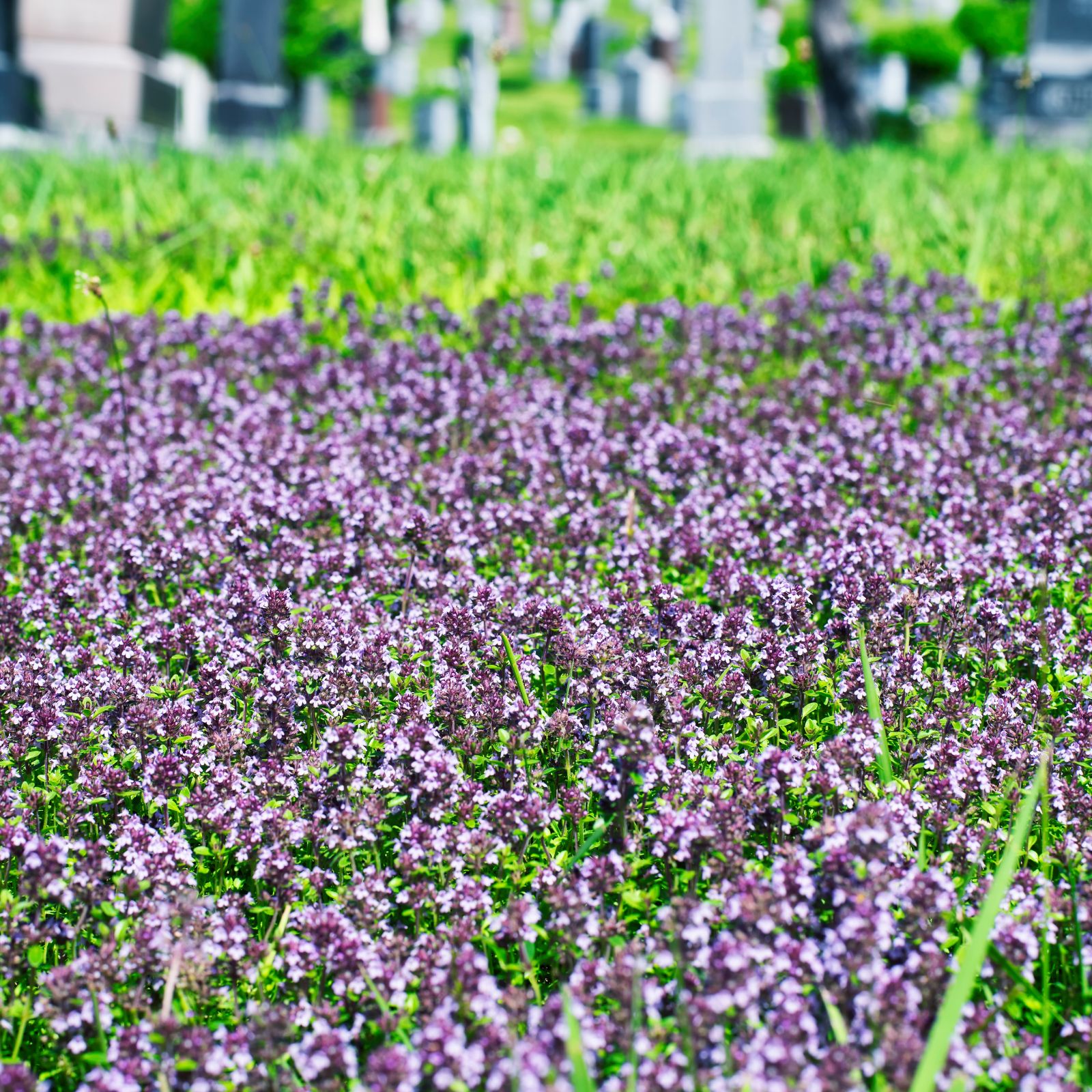 12 Lush Alternatives To A Lawn For Sustainable Spaces
12 Lush Alternatives To A Lawn For Sustainable SpacesAlternatives to a lawn are beautiful and also beneficial to your local ecosystem and its pollinators. Explore our top picks for plants to replace grass.
By Tonya Barnett
-
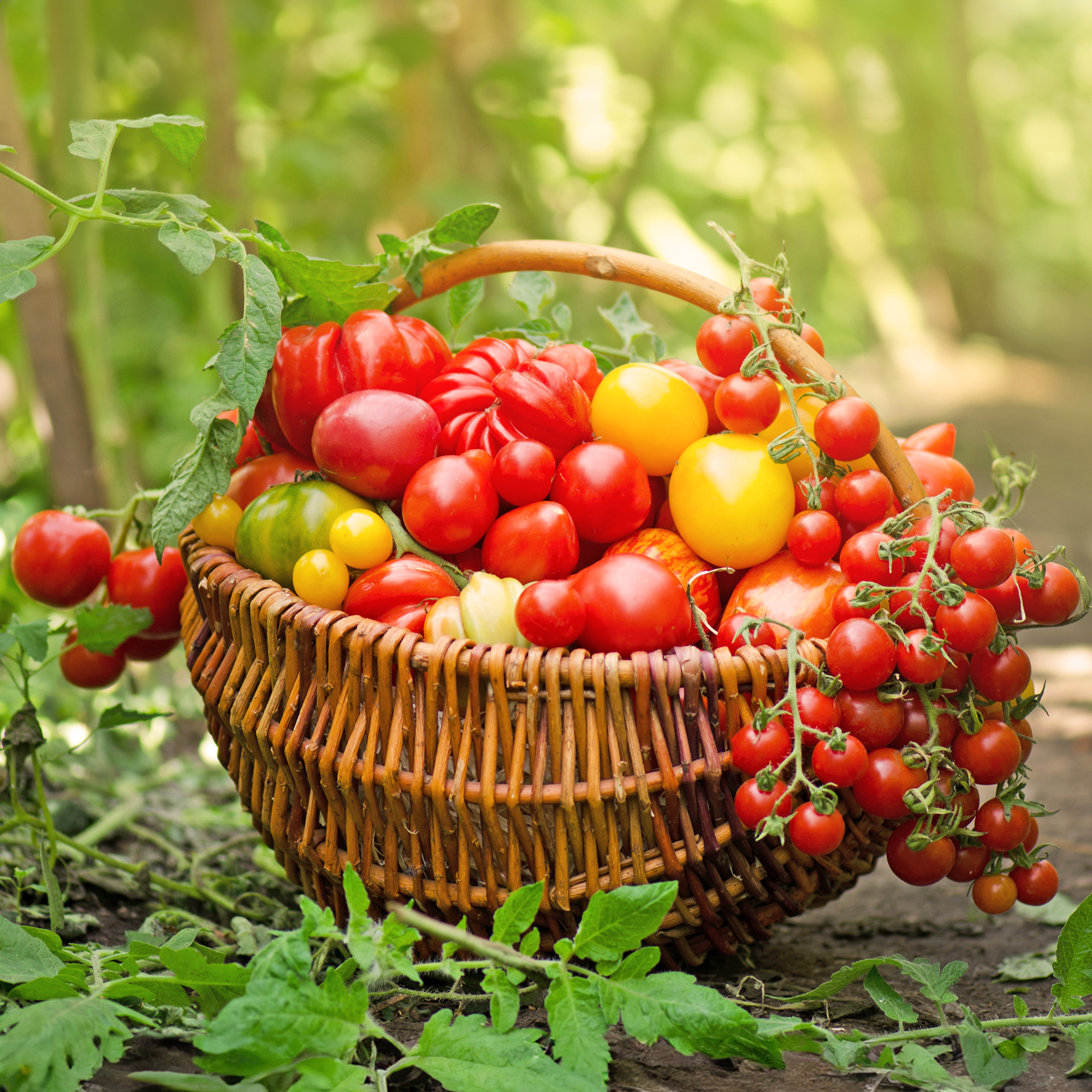 Types Of Tomatoes Explained: Explore The Many Wonderful Shapes, Colors, Flavors, & Best Uses
Types Of Tomatoes Explained: Explore The Many Wonderful Shapes, Colors, Flavors, & Best UsesThe world of tomato varieties is vast and fascinating. Learn about the key types to grow in your garden, tailored to your preferences and space.
By Amy Grant
-
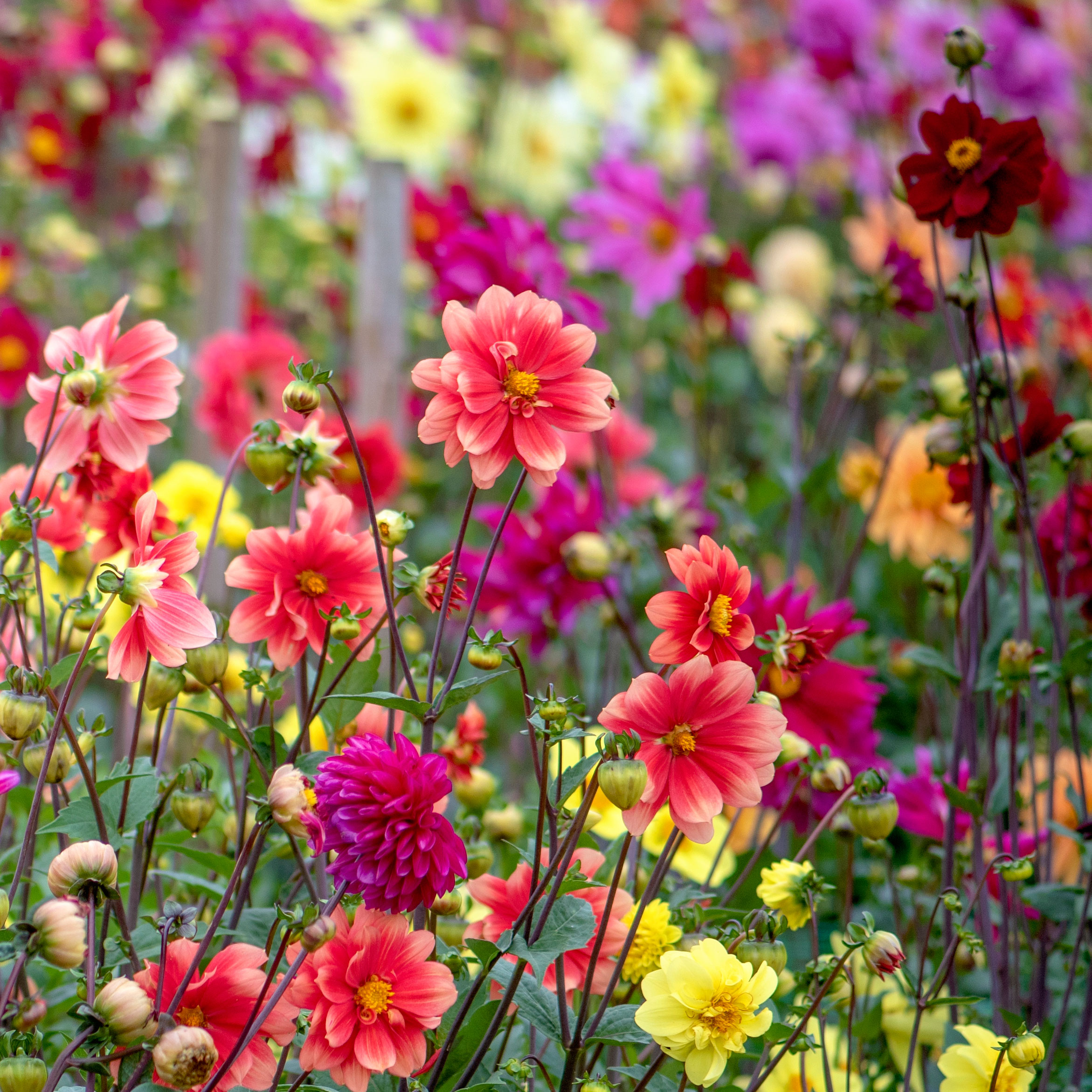 Cut Flower Garden For Beginners: 8 Easy Decorative Floral Plants For Newbies To Grow
Cut Flower Garden For Beginners: 8 Easy Decorative Floral Plants For Newbies To GrowAre you new to growing decorative florals for bouquets and ornamental displays? A cut flower garden for beginners is well within reach if you grow these flower seeds
By Tonya Barnett
-
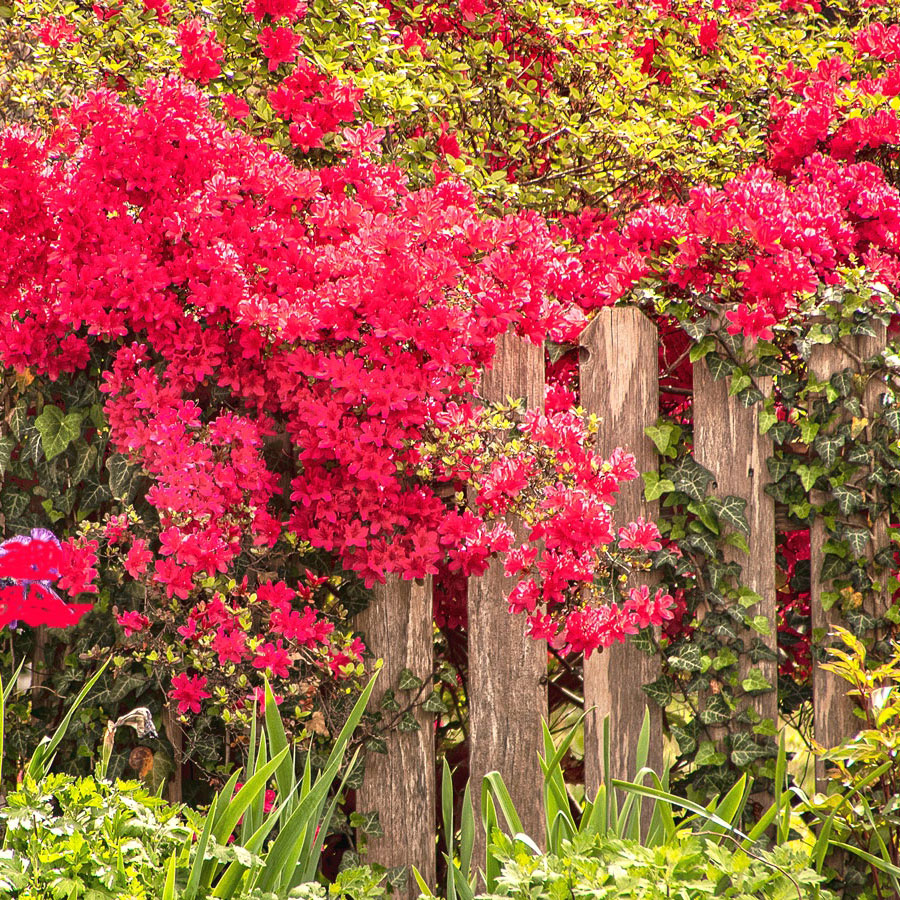 Spectacular Early Blooming Shrubs: 6 Sparkling Spring Flowering Bushes
Spectacular Early Blooming Shrubs: 6 Sparkling Spring Flowering BushesWant to kickstart your gardening year with dazzling spring flowering bushes for beds and borders? These unique early bloomers are sure to help you rise and shine!
By Teo Spengler
-
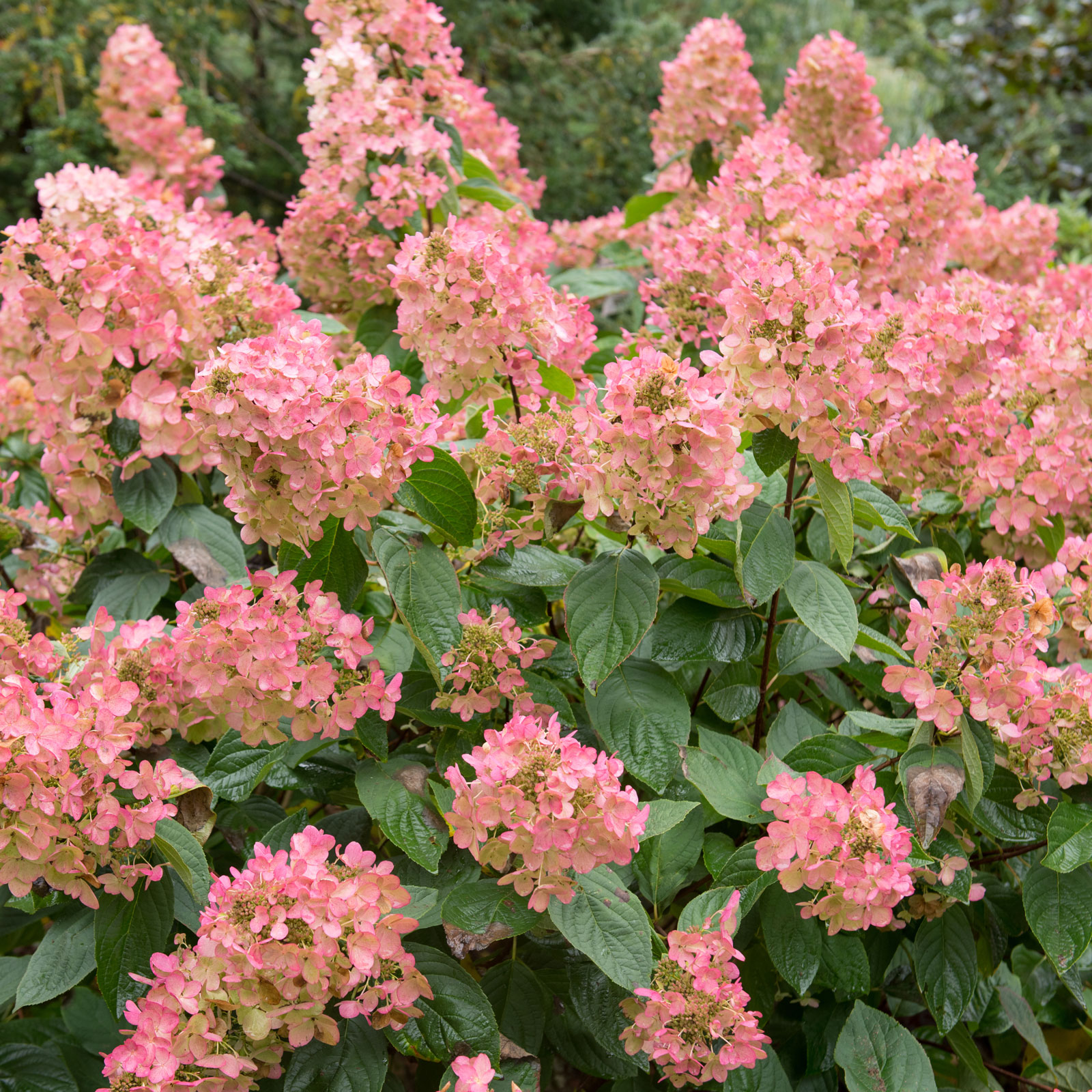 Quick Fire Hydrangea – The Elegant, Easy-Care Shrub Every Gardener Needs In Their Landscape
Quick Fire Hydrangea – The Elegant, Easy-Care Shrub Every Gardener Needs In Their LandscapeIf you’re after an early flowering panicle hydrangea that offers plenty of floral variety, the Quick Fire hydrangea goes big on visual dynamics from early summer to fall
By Tonya Barnett
-
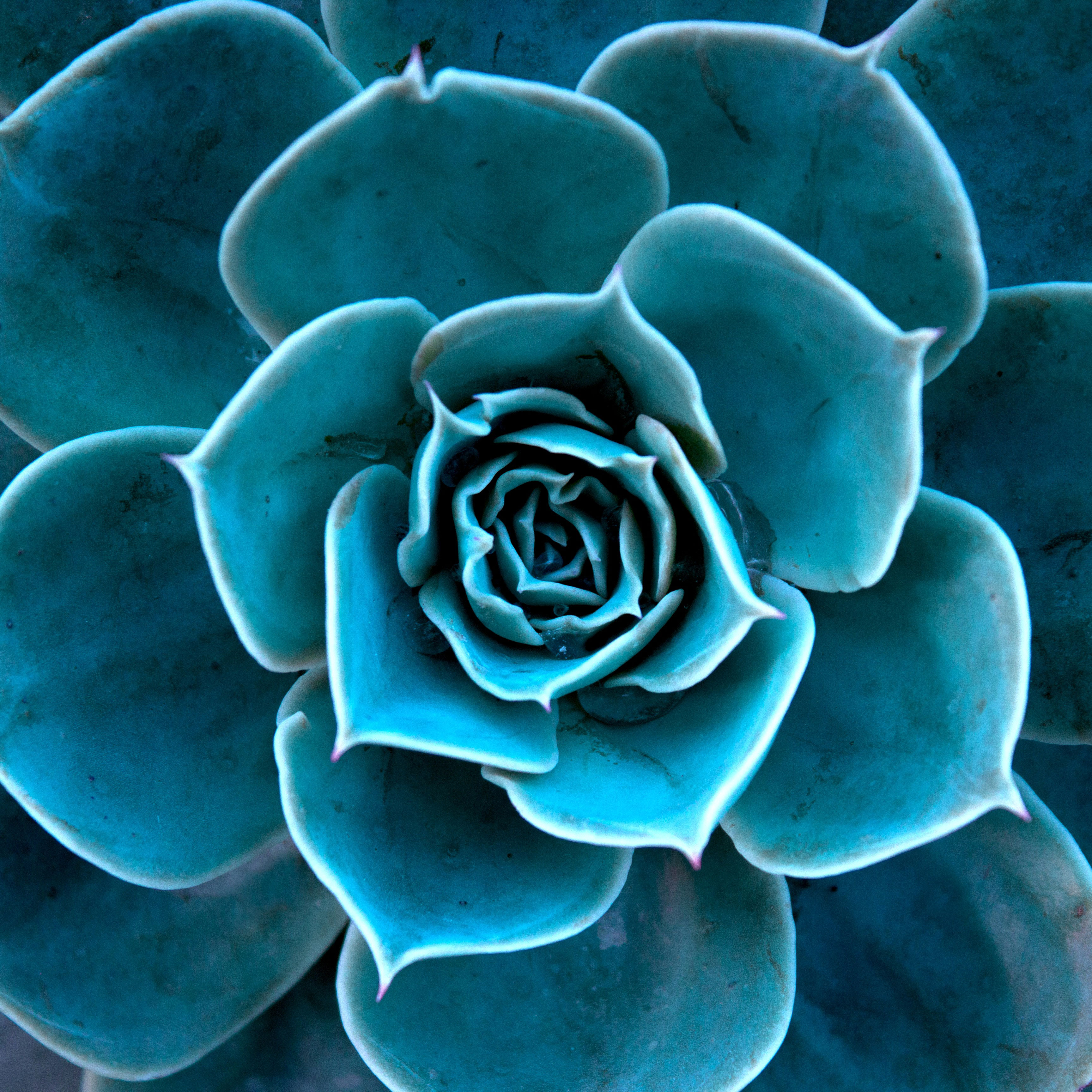 Time For Teal: 7 Terrific Teal Plants To Grow In Your Home Garden
Time For Teal: 7 Terrific Teal Plants To Grow In Your Home GardenIt’s an emerging color with a devoted following in fashion and interiors, but can you enjoy blue-greens in your garden? We round up the best teal plants you can grow
By Tonya Barnett
-
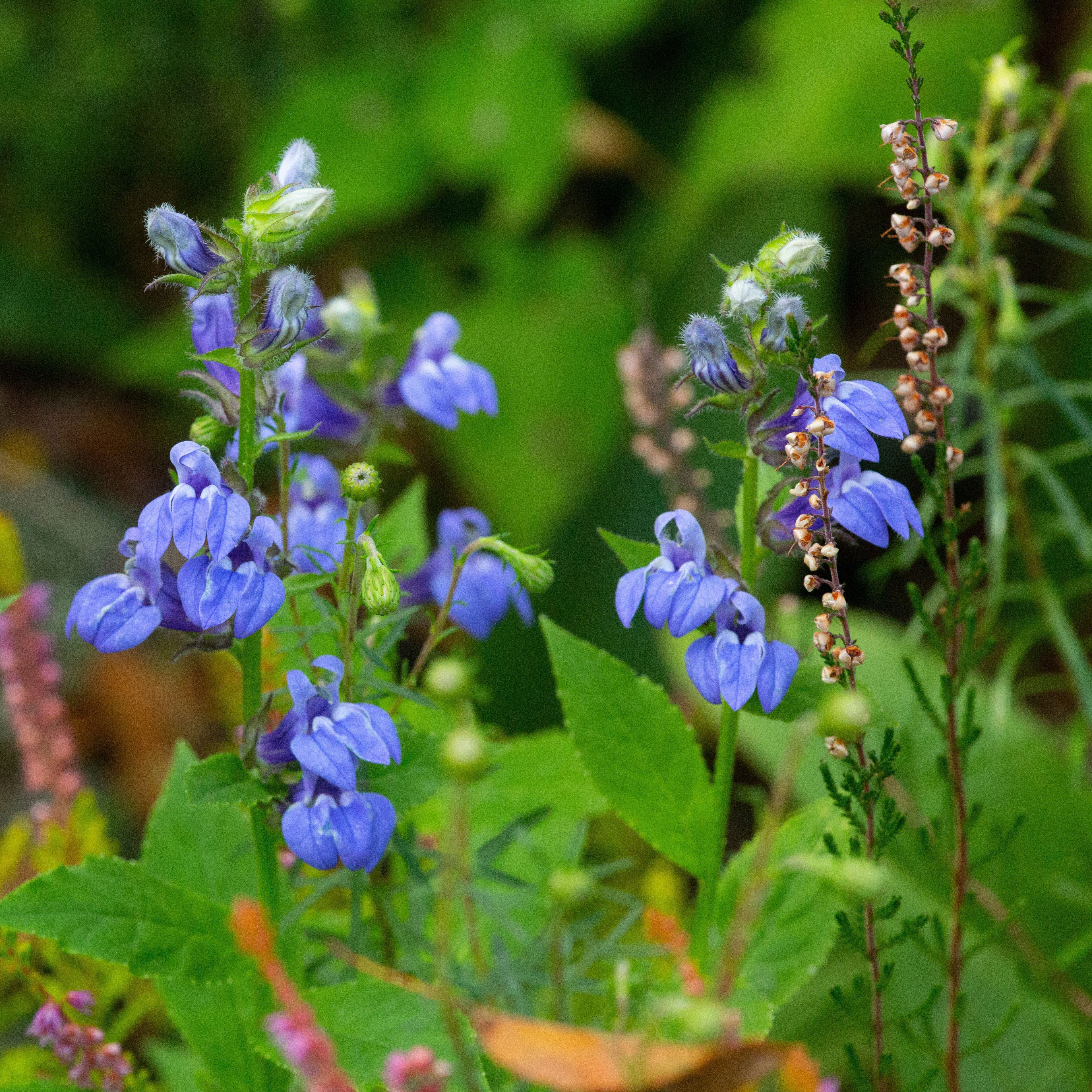 Grow Great Blue Lobelia: Native Blue Cardinal Flowers For Butterflies And Hummingbirds
Grow Great Blue Lobelia: Native Blue Cardinal Flowers For Butterflies And HummingbirdsIf you’re keen to enhance your native plants or attract more pollinators, blue cardinal flowers are an essential flowering perennial. Here’s how to grow great blue lobelia
By Tonya Barnett
-
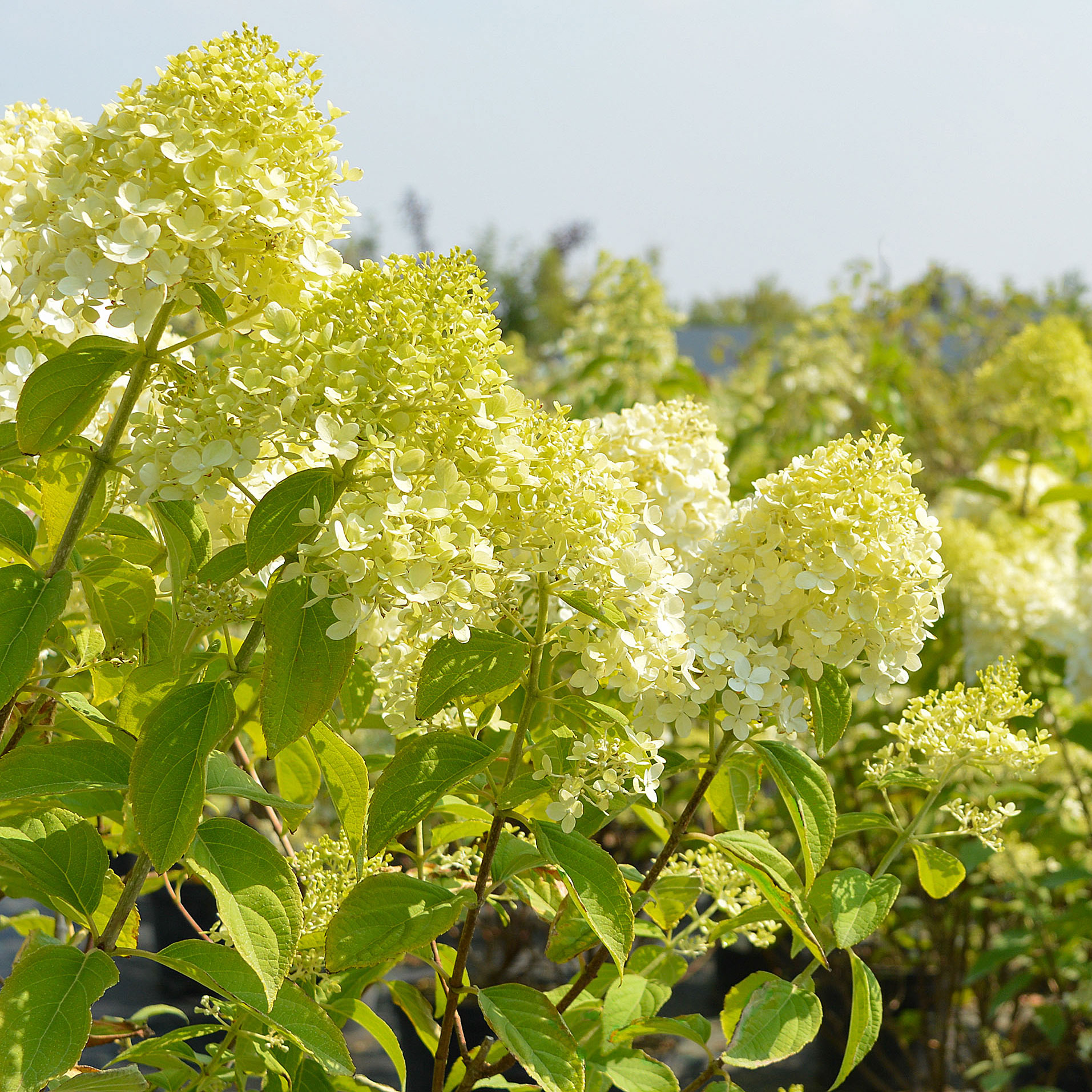 Grow Limelight Hydrangea Shrubs For Green Themed Displays And Brilliant Borders
Grow Limelight Hydrangea Shrubs For Green Themed Displays And Brilliant BordersIf you're a panicle hydrangea lover in search of flamboyant, long-lasting florals, knowing how to grow Limelight hydrangea shrubs will ensure gorgeous green blooms
By Mary Ellen Ellis
-
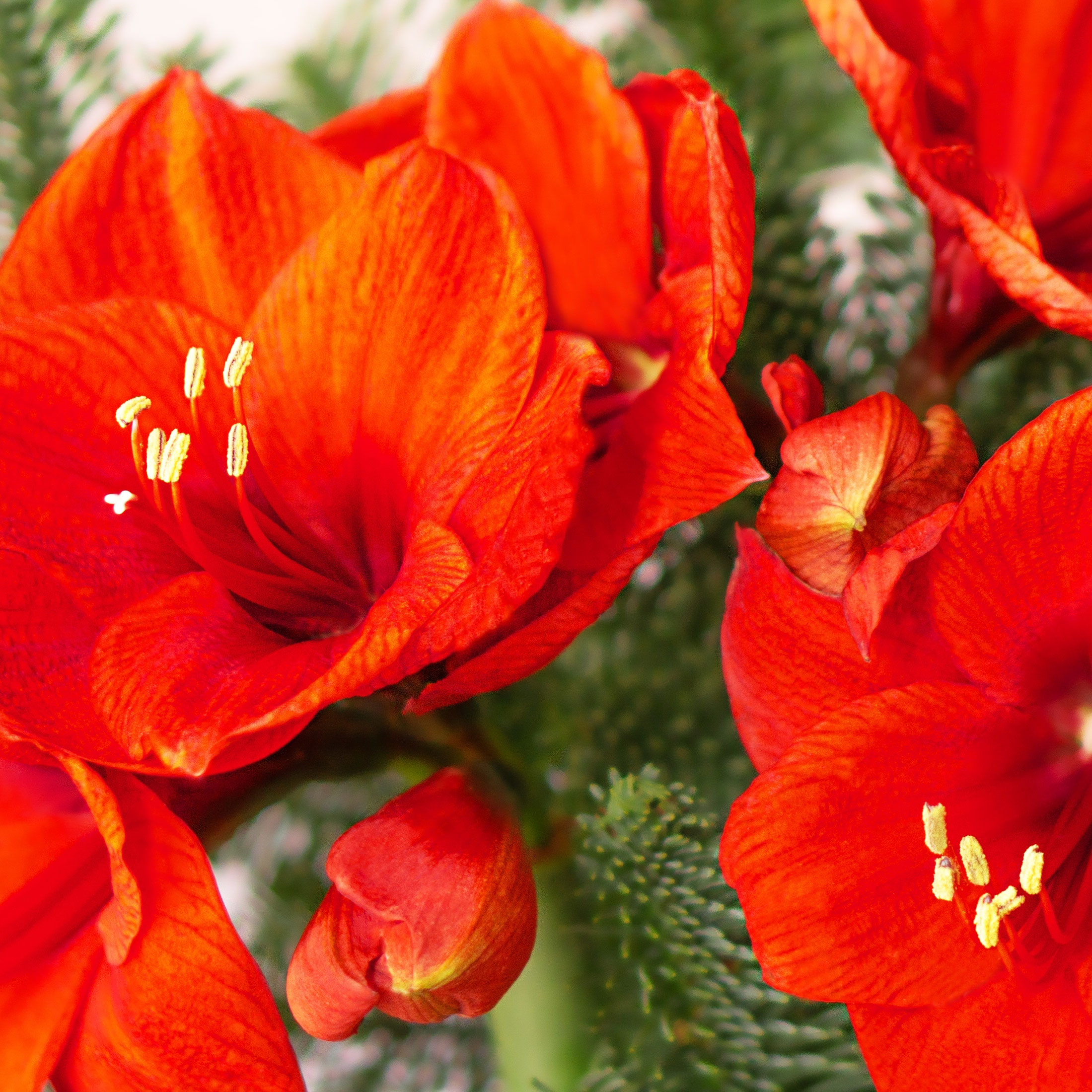 Warm Up Your Winter With Indoor Reds! 8 Red Amaryllis Varieties For Sizzling Seasonal Interest
Warm Up Your Winter With Indoor Reds! 8 Red Amaryllis Varieties For Sizzling Seasonal InterestWell loved as a bold decorative holiday bloomer, the red amaryllis is a hot favorite for winter displays. These red amaryllis varieties are guaranteed to fire up the season
By Tonya Barnett
-
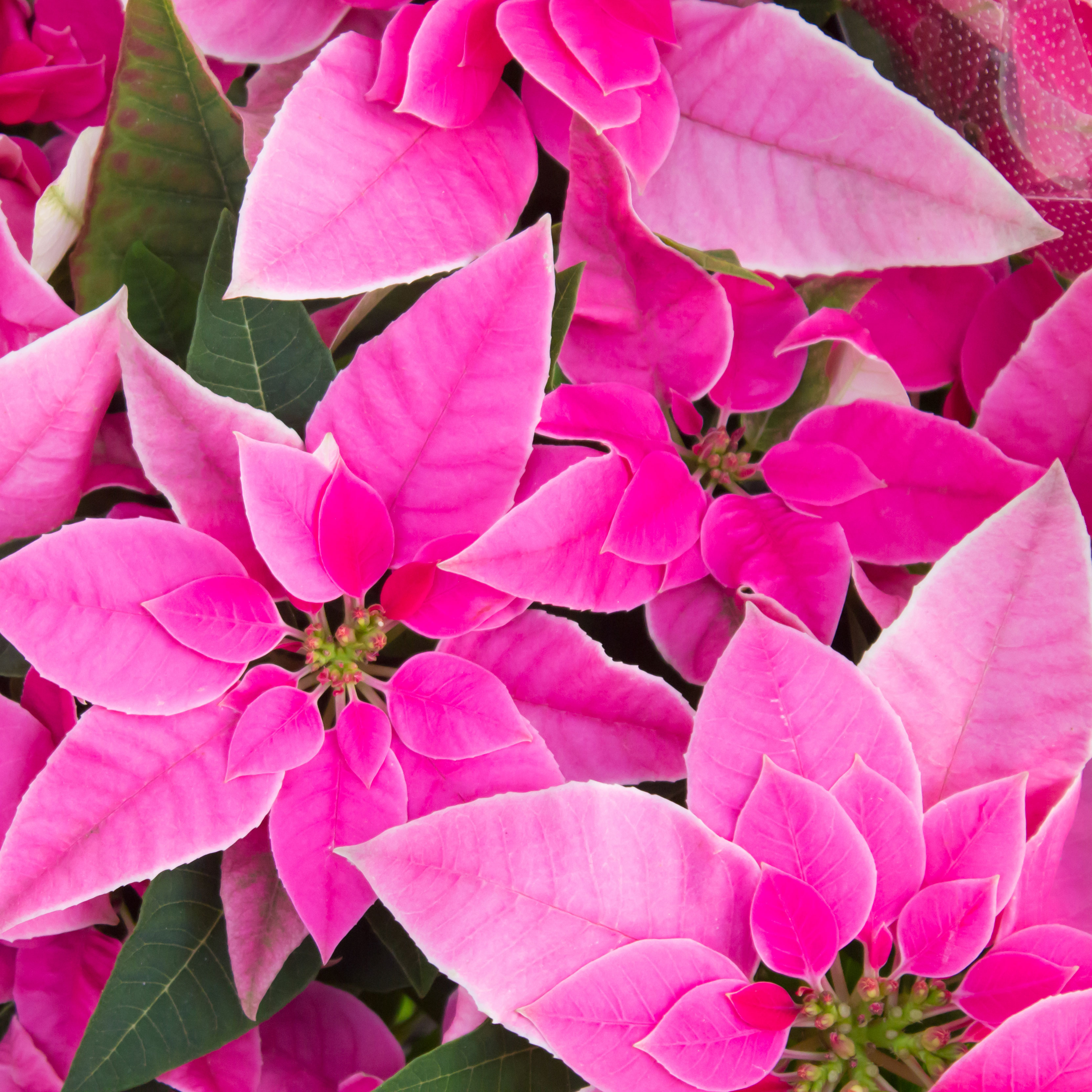 Poinsettia Pinks: 7 Pink Poinsettias To Grow For Neon Hot Tones And Cool Pretty Pastels
Poinsettia Pinks: 7 Pink Poinsettias To Grow For Neon Hot Tones And Cool Pretty PastelsWhile the traditional red poinsettia is a staple of many homes over the holiday period, they are not your only option. For cheerful brights or pastels, why not grow pink poinsettias?
By Tonya Barnett